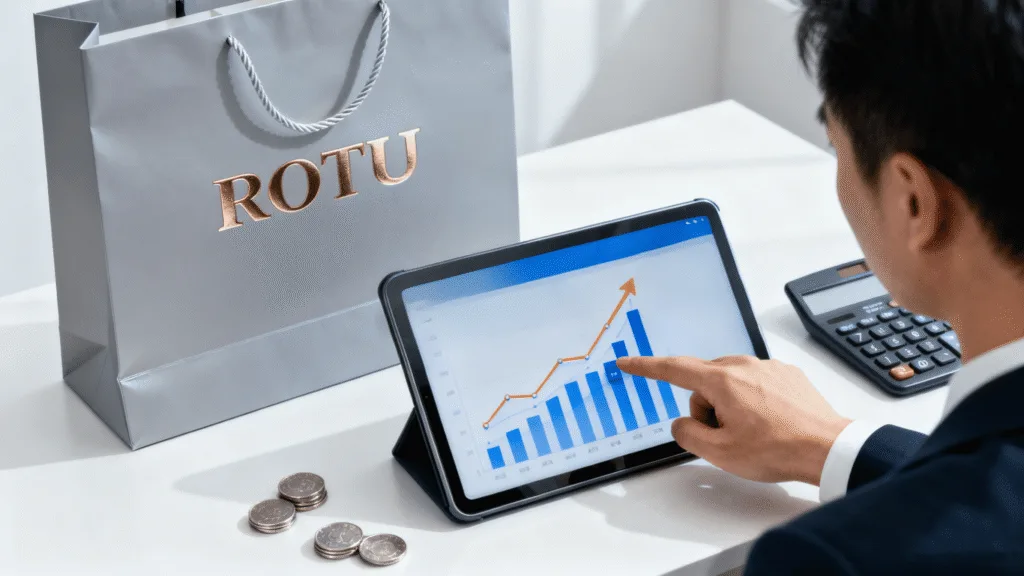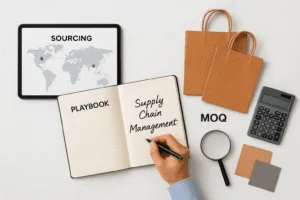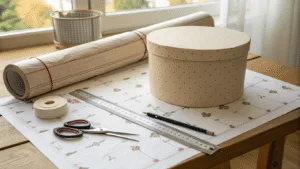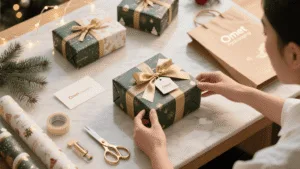You’re spending more on high-quality bags, but it feels like a cost, not an investment. You need to justify the expense, but the returns seem intangible and hard to prove to your finance team.
You can measure the ROI of premium bags by tracking key metrics in brand perception (social media mentions, surveys), direct financials (repeat purchase rate, customer LTV), and operational efficiency (reduced product damage, lower return rates).
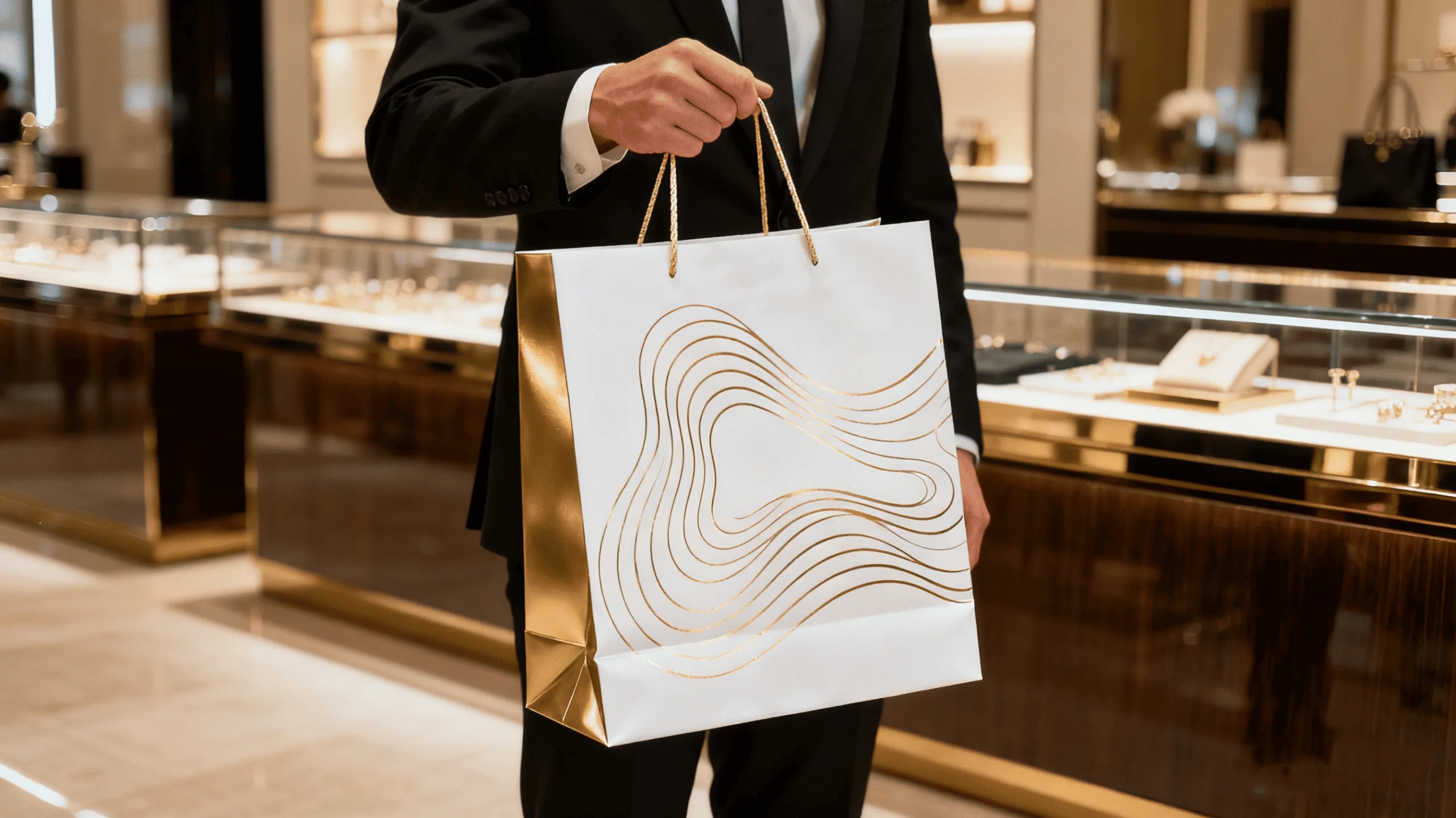
Justifying an upgrade to premium packaging can be a tough conversation, especially when you’re focused on the bottom line. I remember a small e-commerce boutique client who sold handmade leather goods. They were hesitant to move from plain Kraft mailers to custom-designed paper bags with a soft-touch finish. Their argument was simple: "It’s just a bag. The product is what matters." We ran a small test batch for them anyway. Within a month, they started seeing their bags appear in "unboxing" posts on Instagram for the first time ever. Their customers weren’t just showing off the wallets; they were showing off the entire experience. That boutique owner quickly learned that the bag wasn’t just a cost; it was a marketing engine that was generating free, authentic advertising.
How Can You Measure the Impact on Brand Perception and Social Media Buzz?
You believe better bags improve your brand image, but you can’t prove it. Without data, "brand perception" is just a vague concept, making it impossible to justify the budget for better packaging.
Quantify brand perception by tracking user-generated content (UGC) and conducting customer surveys. Monitor social media tags, unboxing videos, and Net Promoter Score (NPS) before and after the packaging upgrade to measure the change.
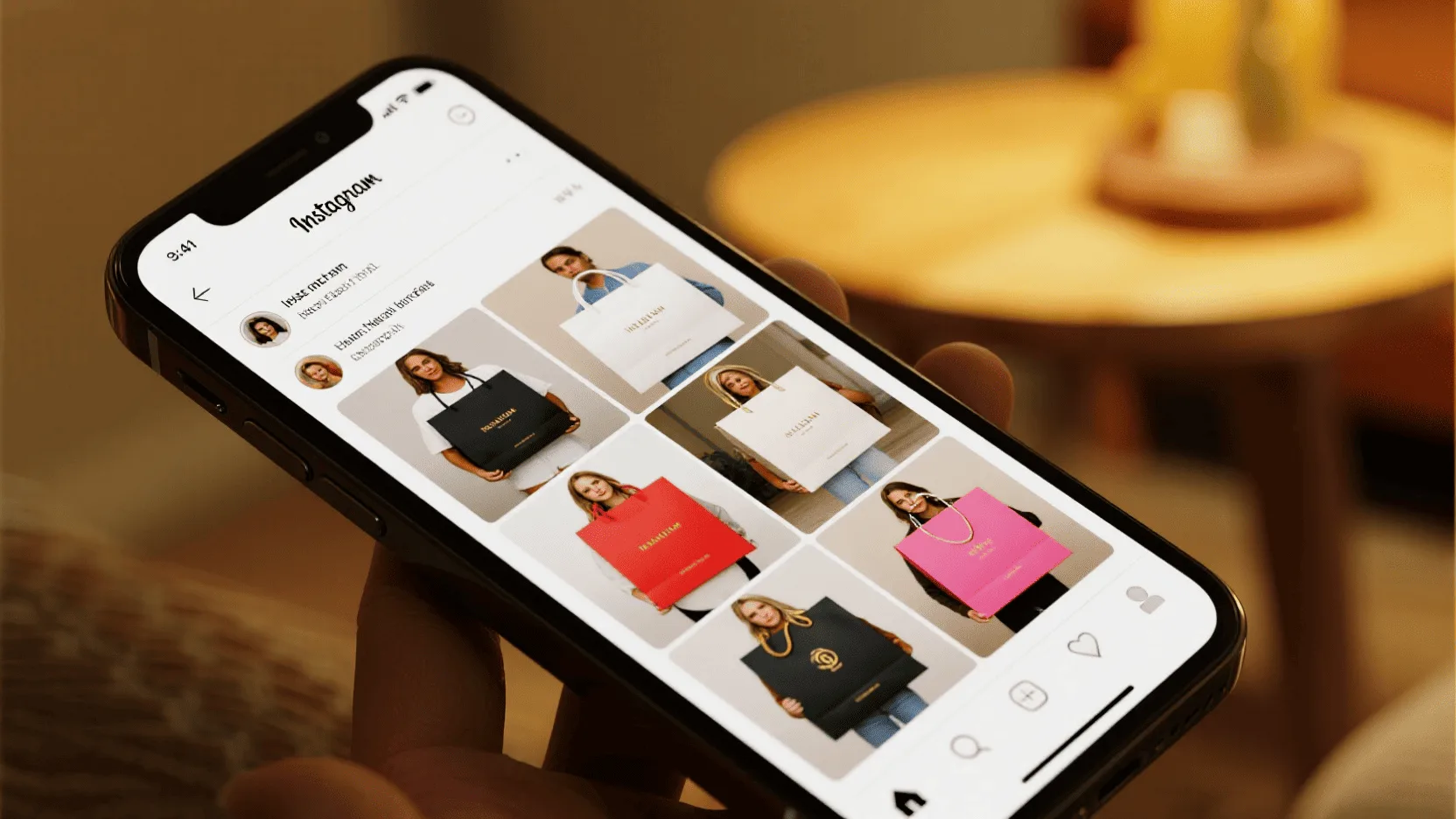
The first, and often most visible, return on your investment in high-quality packaging is the impact on how customers see and interact with your brand. A cheap, flimsy bag communicates one thing, while a sturdy, beautifully finished gift bag communicates another. This perception isn’t just a feeling; it’s a measurable asset. When customers are impressed by your packaging, they are more likely to share their experience. In a world driven by social media, this user-generated content is marketing gold. It provides social proof and extends your brand’s reach organically. The key is to move from assuming this happens to actively tracking it. By establishing a baseline before you upgrade, you can create a clear and compelling report that shows exactly how your new bags are driving brand conversation and visibility online.
Tracking User-Generated Content (UGC)
Before launching your new bags, record the monthly average number of times your brand is tagged in photos on platforms like Instagram or mentioned in videos on TikTok. After the launch, track this same metric. Look for a direct increase in posts that feature your packaging. These aren’t just mentions; they are customer endorsements. You can assign a value to this by calculating the earned media value (EMV)1—what it would have cost you to achieve that same reach through paid ads.
Using Customer Surveys
Direct feedback is invaluable. Use simple tools like email surveys or post-purchase pop-ups to ask customers specific questions. You can use the Net Promoter Score (NPS)2 model ("How likely are you to recommend our brand?"), but also add questions specifically about the packaging, such as "On a scale of 1-10, how would you rate the quality of our packaging?" Comparing the scores before and after the change provides hard data on customer sentiment.
| Metric | Before Upgrade (Monthly Avg) | After Upgrade (Monthly Avg) | Change |
|---|---|---|---|
| Instagram Photo Tags | 50 | 120 | +140% |
| "Unboxing" Mentions | 5 | 25 | +400% |
| Avg. Packaging Rating (1-10) | 6.5 | 9.2 | +2.7 pts |
What Are the Direct Financial Metrics That Prove the Value of Premium Bags?
Your team sees premium bags as a line item expense, not a revenue driver. You need to connect the packaging upgrade to tangible financial gains like sales and customer retention to get their buy-in.
Prove financial value by analyzing your repeat purchase rate, average order value (AOV), and customer lifetime value (LTV). A superior unboxing experience encourages loyalty and repeat business, directly boosting these core financial metrics.
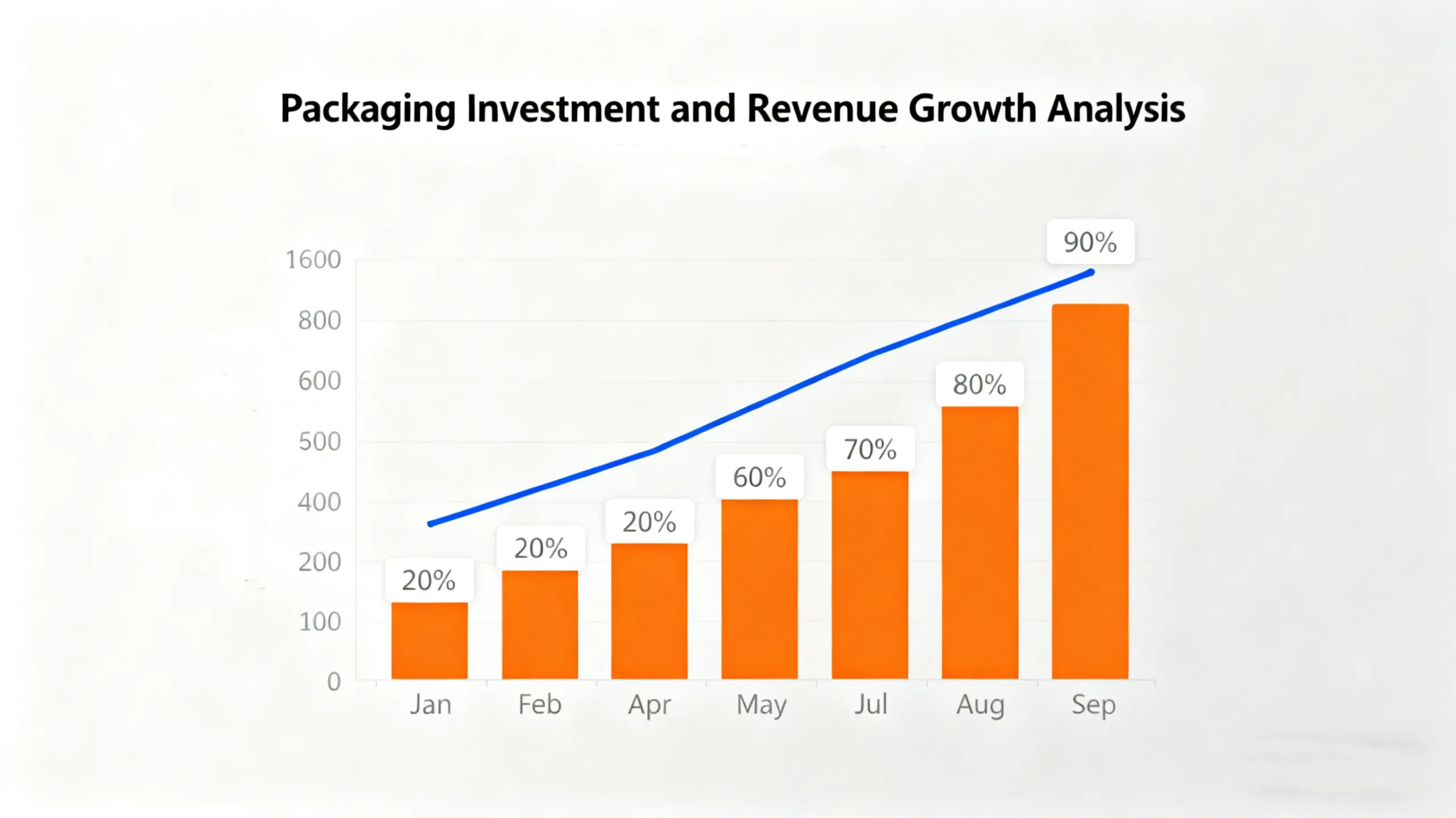
While brand perception is powerful, the most convincing arguments are often made with financial data. High-quality packaging is a critical part of the customer experience, and a positive experience is directly linked to customer loyalty. A customer who feels valued is more likely to buy from you again. According to one Ipsos survey, 72% of American consumers say their purchasing decision is influenced by a product’s packaging design (Source). This influence doesn’t stop after the first purchase. A memorable unboxing experience reinforces the value of their purchase and makes them eager to repeat it. By digging into your sales data, you can draw a straight line from your packaging investment to increased revenue from your most valuable asset: your existing customers.
Analyzing Repeat Purchase Rate1
This is one of the clearest indicators of customer satisfaction and loyalty. In your e-commerce platform or CRM, track the percentage of customers who make a second, third, or fourth purchase. Compare the repeat purchase rate of customers who received the old packaging versus those who receive the new, high-quality bags. A noticeable lift in this metric is a direct financial return.
Calculating Customer Lifetime Value (LTV)2
LTV is the total revenue a business can expect from a single customer account. Since premium packaging boosts retention and can encourage larger subsequent purchases, it directly impacts LTV. Even a small increase in your repeat purchase rate can lead to a significant jump in LTV over time. For example, if a customer who buys twice a year becomes a customer who buys three times a year because they love the experience, you’ve increased their value by 50% annually.
| Customer Segment | Average LTV (Before Upgrade) | Average LTV (After Upgrade) | Increase in Value |
|---|---|---|---|
| New Customers (First 12 Months) | $150 | $185 | +$35 |
| Returning Customers | $450 | $525 | +$75 |
Beyond Marketing, How Do Quality Bags Impact Your Operational Costs?
You’re only looking at the marketing benefits of premium bags. You’re completely overlooking the hidden operational costs of using cheap packaging, such as product returns and customer service complaints.
High-quality coated paper bags reduce operational costs by minimizing product damage during transit, which lowers return rates and replacement expenses. Their durability also turns them into reusable "walking billboards," providing sustained brand exposure.
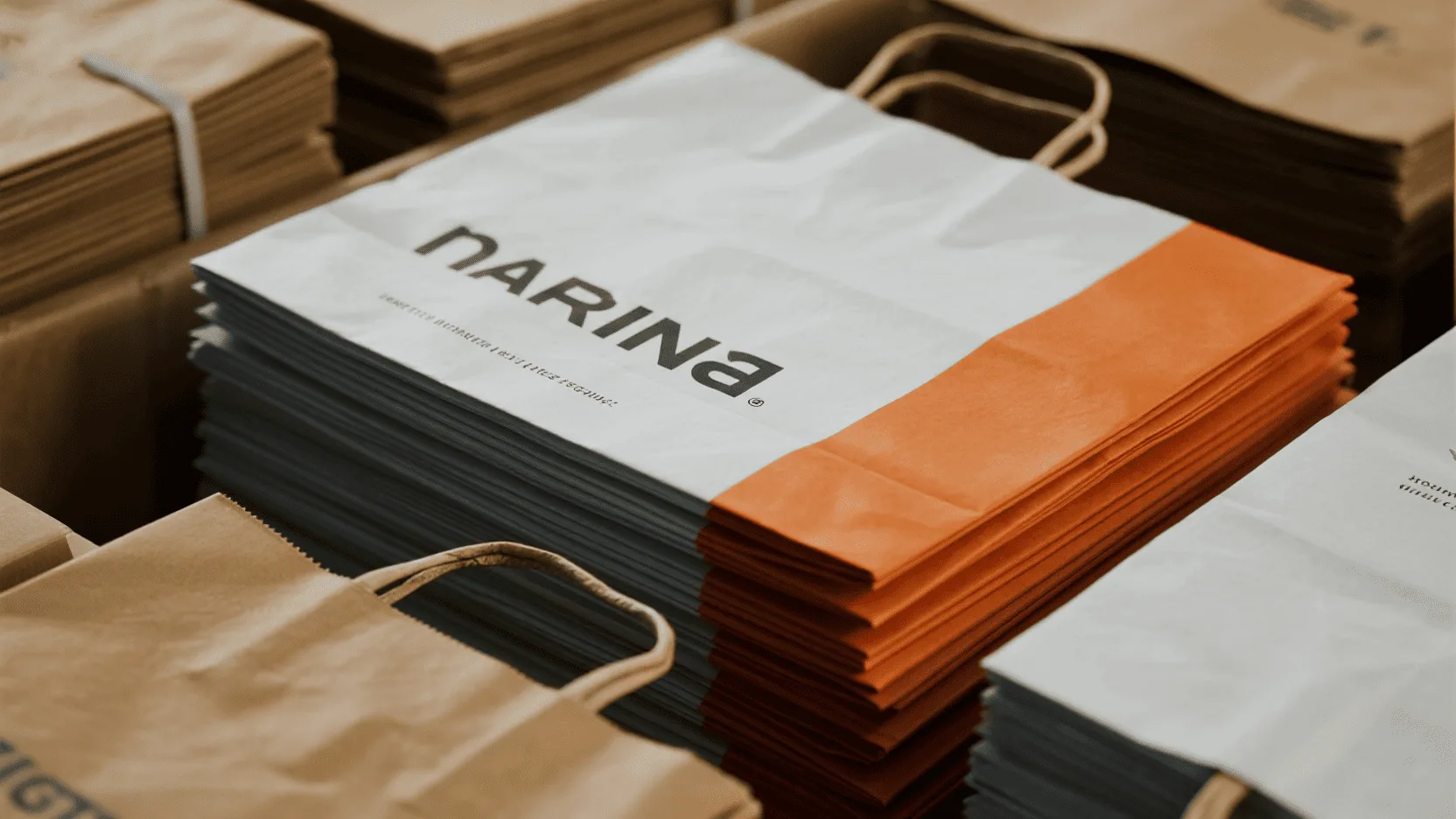
The ROI of upgrading your packaging isn’t limited to marketing and sales metrics. There are significant, often overlooked, operational benefits that contribute directly to your bottom line. I once worked with a company that sold high-end cosmetic products in glass bottles. They were using standard, low-GSM paper bags to save money. We analyzed their returns data and found that nearly 5% of all returns were due to products being damaged in transit or because the bag handles tore while the customer was carrying them home. By switching to a thicker C1S paper (210 GSM) with a protective matte lamination and reinforced handles, their damage-related returns dropped to less than 0.5%. The cost savings from avoided returns and replacements paid for the packaging upgrade within six months.
Calculating the Cost of Damaged Goods
This is a straightforward calculation. Track the number of returns and customer service complaints related to packaging failure (torn handles, soaked bags, crushed products). Calculate the total cost of these incidents, including the cost of the product, shipping for the replacement, and the labor cost of your customer service team. A sturdier, more protective bag will directly reduce these expenses, providing a clear and immediate return.
The "Walking Billboard" Effect
A durable, attractive bag is often reused by customers for carrying their lunch, groceries, or other items. Every time they reuse your bag, it acts as a mobile advertisement. While harder to quantify than return rates, this sustained brand exposure has real value. It reinforces your brand name in the public sphere and can be considered a long-term marketing asset that you only pay for once, reducing your reliance on other forms of advertising.
Conclusion
Measuring the ROI on your coated paper bags requires looking beyond the unit cost. By tracking improvements in brand perception, direct financial gains from customer loyalty, and operational savings from reduced damages, you can build a powerful case that proves high-quality packaging is a profitable investment, not an expense.
Ready to explore packaging that delivers a measurable return? Visit our products page to see our custom solutions.
For more insights on making smart packaging choices, read our guide on Materials, Coatings, and Compliance for Retailers.
FAQ
What is a good first step to measure packaging ROI?
Start by benchmarking your current performance. Before you make any changes, record your current social media mentions, repeat purchase rate, and product return rates related to packaging failure. This baseline data is essential for proving the impact of your upgrade.
How long does it take to see ROI on new packaging?
You can see an impact on "soft metrics" like social media buzz almost immediately. Financial metrics like repeat purchase rate and LTV may take 3-6 months to show a clear and reliable trend. Operational savings from reduced damage can also be evident within the first few months.
Is premium packaging only worth it for luxury brands?
Not at all. Any brand that wants to build customer loyalty and create a positive brand experience can benefit. A sturdy, well-designed bag communicates quality and care, whether you’re selling handmade candles, gourmet food, or everyday apparel. It shows you value both your product and your customer.

